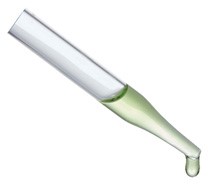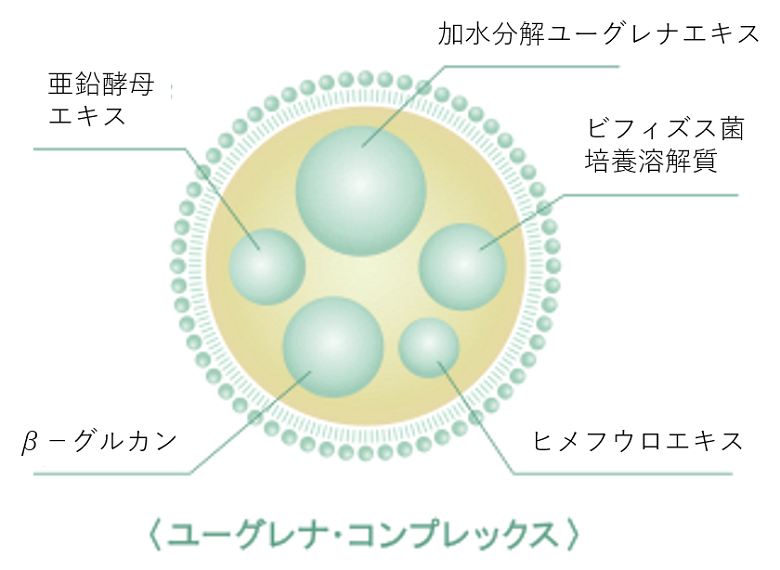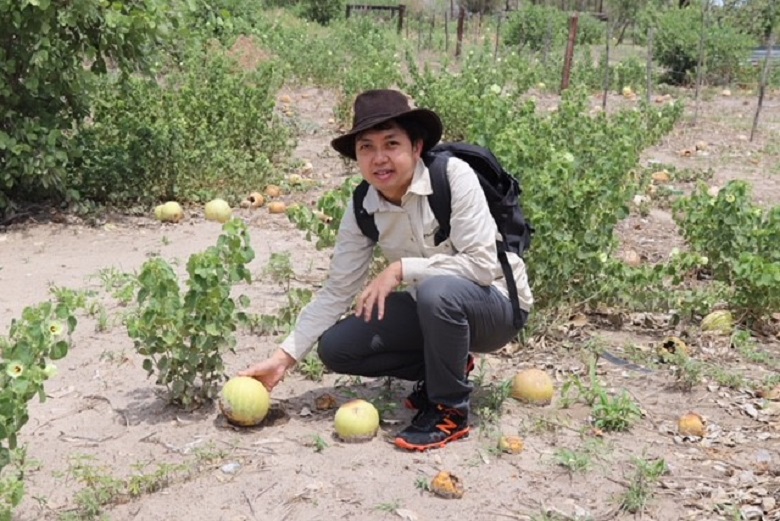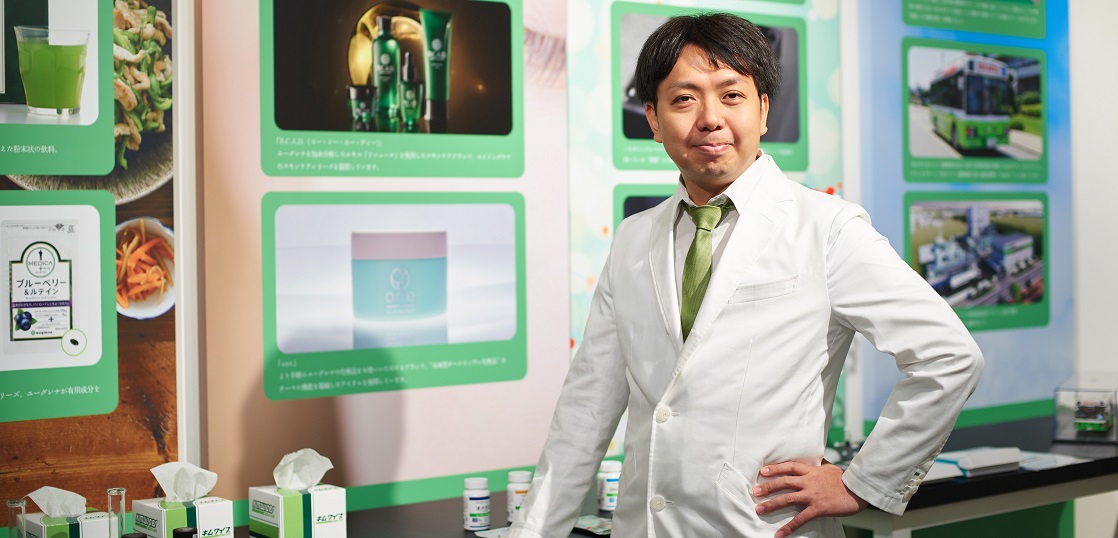Cosmetics development is said to have continued for a long time. In recent years, technological innovation using state-of-the-art technology has attracted attention in the cosmetics field.
Euglena company is also promoting research and development using materials such as green beetle and Kalahari watermelon.
Suzuki, a Doctor of Agriculture and Doctor of Medicine, who is in charge of research and development at Executive Officer Euglena company, talks about the appeal of researching such a cosmetics field and his future vision.
Cosmetics are multifaceted and attractive!
-What is the fun of research and development of cosmetics?
Suzuki: Research and development of cosmetics is sometimes called "research," but in reality, it is also attractive and fun as a "business."
One of the reasons is that the cosmetics market in Japan alone has a market size of 2,785.8 billion yen (Yano Economic Survey, 2018). In recent years, there have been many cases where researchers in the life science field as well as the healthcare field are working on cosmetics development.
-There is a market size of 2 trillion yen! The size of the sports equipment market is said to be 1,468.5 billion yen (2017), so you can see how big it is. The needs are high.
Suzuki: That's right. I think consumer needs are very high.
The first research I was involved in in the cosmetics field was the Euglena extract, which was obtained by decomposing the components of Euglena (microalgae Euglena) and extracting the parts suitable for cosmetics.
This study found that Euglena extract is expected to enhance the recovery of UV-damaged cells. It was discovered that Euglena may be effective on the skin by extracting components that can powerfully increase its own cells even in harsh environments.

Euglena extract! Are there any other research related to cosmetics?
Suzuki: I also researched how to effectively deliver the ingredients.
Specifically, there is a pH-responsive capsule in which the capsule collapses when the hydrogen ion concentration changes, and the capsule remains closed on the weakly acidic skin surface and penetrates into the skin to become alkaline. It is designed so that the ingredients inside are released. We have developed an effective extract to be contained in this capsule.

Suzuki: You can research and find new ingredients and deliver them more efficiently ... To be honest, research that creates new value is a lot of fun.
What's your next cosmetics-related research?
-You said that you have been researching cosmetic materials and methods for Euglena and new things. What are your new researches?
Recently, I have been focusing on "Kalahari watermelon" that grows naturally in the Kalahari Desert in Southern Africa.
"Kalahari squid" is also the root of watermelon and is a plant with excellent water retention and high oxidizing power. We are elucidating the mechanism of "Kalahari watermelon", thinking that there may be a component that can survive the dry state of the desert.

Suzuki: Recently, research using the latest technology has been active, such as directly delivering effective ingredients to the target depth of the skin structure with a small needle, and researching skin care using minute electric power. I'm on the way.
I am also interested in developing technologies related to these technologies.
-Isn't cosmetics research changing due to the evolution of technology?
Suzuki: That's right. I feel that there will be a stronger tendency to choose cosmetics that suit me as well as personalized medicine.
Since each individual has different genes and environment, it is not the case that there is a cosmetic product that fits everyone. If we were able to develop cosmetics that were personalized according to genes and the environment, we would be able to meet the individual needs of consumers.
Chanel Research and Technology, a research and development division of Chanel, a major cosmetics industry, confirmed the state of skin aging based on the amount of microRNA, which is a gene-related substance in the living body, 2013 The announcement made in the year is an example of this. Development in the field of genes and cosmetics is progressing rapidly.
In the future, I would like to develop products and services that can deliver "the cosmetics that best suit the person at that time" with the latest technology, and create a situation where people all over the world can smile. Hey ...!
-I'm really looking forward to the collaboration with gene analysis! Thank you very much.
Suzuki: By the way, I was very interested in getting the qualification of "Cosmetics Certification Level 1"!
In order to develop cosmetics, it is necessary to have knowledge about the history of cosmetics development, prescription methods, knowledge about fragrance, knowledge about human body parts, and related laws, so it is comprehensive about cosmetics. I want to know.
The more you know, the deeper and more enjoyable your research is on cosmetics!

Euglena Executive Officer in charge of R&D at Corporation
SUZUKI Kengo
Graduated from the University of Tokyo, Faculty of Agriculture, majored in biological system engineering, founded Euglena Co., Ltd. in August 2005, and became a director and general manager of the R&D Department. In December of the same year, we succeeded in the world's first large-scale cultivation of the microalgae Astragalus (scientific name: Euglena) outdoors for food. Received a doctorate in agriculture from the University of Tokyo in 2016. While engaged in research on the utilization of microalgae astragalus and other algae, he is also engaged in research aimed at developing the production of biofuels derived from green beetles.
Winner of the Tokyo Metropolitan Venture Technology Grand Prize (2010), and co-authored "Culture Technology for Mass Production and Commercialization of Microalgae" (Information Organization of Japan, Inc.).

